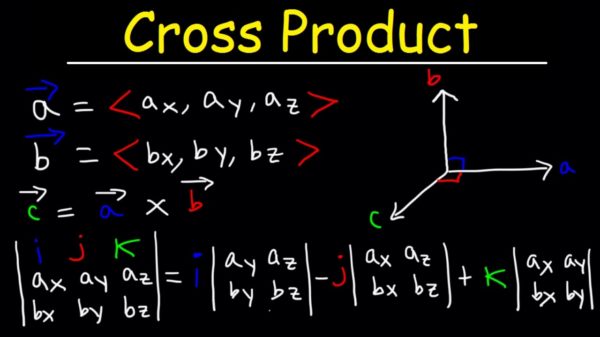Wave or wave equation is a form of disturbance that travels through a material medium due to the repeated periodic motion of the particles of the medium about their mean positions. The disturbance is handed over from one particle to another particle of the medium without the actual movement of the particles of the medium.
The waves are of three types: mechanical waves or elastic waves, electromagnetic waves and matter waves.
Mechanical Waves:
A mechanical wave is a periodic disturbance that requires a material medium (solid, liquid or gas) for its propagation.
Electromagnetic Waves:
The electromagnetic wave is a periodic disturbance that requires no material medium for its propagation and can travel through the vacuum.
Matter Waves:
When a material particle like an electron, proton, neutron, atom, molecules etc., moves, a wave is associated with this moving particle. This wave is known as the matter-wave.
Wave Equation
In the mathematical sense, a wave is any function that moves. So, in a time of one period, the wave will move a distance of one wavelength. The wave equation can be expressed in terms of sine function or cosine function with the appropriate value of amplitude, frequency and phase. The general form of the sinusoidal wave equation is:
y (x,t) = A sin(kx – ωt + Φ)
Where A is the amplitude of the wave
k is the wavenumber, k = 2π/λ
ω is the angular frequency, ω = 2πf
Φ is the initial phase of the wave
(kx – ωt + Φ) is the total instantaneous phase
Transverse Wave and Longitudinal Waves
When a wave travels in a medium, then the particles of the medium start vibrating about their mean positions. The particles of the medium may vibrate at right angles to the direction of propagation of the wave in the medium, or they may vibrate parallel to the direction of propagation of the wave. Therefore, a wave travelling in a material medium may be classified into two categories.
Transverse waves: A wave in which the particles of the medium vibrate perpendicular to the direction of propagation of the wave is known as a transverse wave.
Longitudinal waves: The wave motion in which the particles of the material medium vibrate back and forth about their mean positions along the direction of propagation of the wave is called a longitudinal wave.
Sound Waves
Sound is a longitudinal wave that is produced by a vibrating body. The sound waves move particles of material, and so it is a mechanical wave. These waves can propagate through particles that can be compressed or rarified. The sound waves have a wide range of wavelengths. Sound waves that have wavelengths less than 1.65 cm are called infrasonics.
Properties of Sound Waves
1) Sound waves cause the sensation of hearing
2) Sound waves travel in a straight line
3) The sound waves undergo reflection, refraction, interference and diffraction.
4) Sound waves transport energy and momentum
5) When the sound waves are incident on a surface, the surface is set into vibrations.
The sound waves of high frequencies are used in sonars. It can be used in directional signalling, in medicine and in industries.












































